SiteSee Photogrammetry and 3D Tiles
SiteSee is an Australian company that provides telecom companies with 3D capture models of their infrastructure, along with AI-based analytics and other tools building on the digital earth vision. We are collaborating with them using the tiling pipeline in Cesium Composer to create 3D Tiles of their datasets. Here is a high-resolution cellphone tower site from SiteSee in Cesium:

SiteSee’s analytics use these photogrammetry captures in place of sending someone on-site to climb the tower for tasks like identifying changes in equipment, analyzing structural wear, and even tracking corrosion over time.
Here’s a few views of the detail on the cell tower itself:
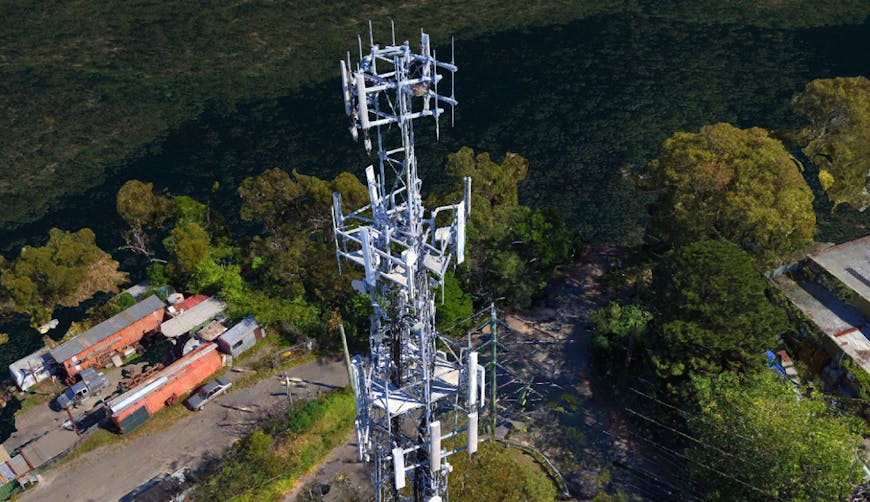
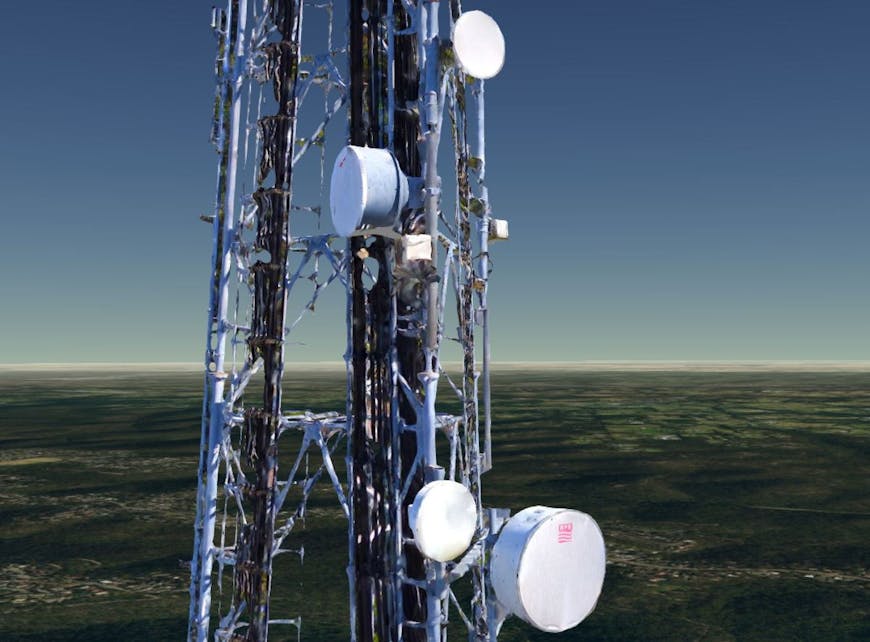
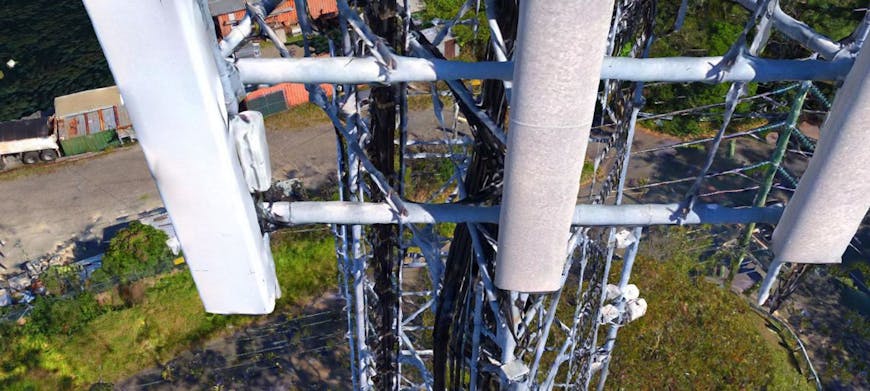
The source model for this tileset consisted of about 5.6 million triangles and over 900 separate textures. When converted to a 3D tileset, it renders interactively in Cesium with all that WebGL-heavy detail.
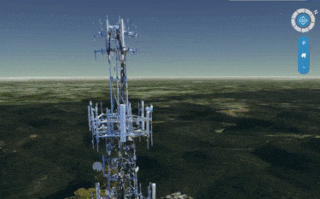
As outlined in earlier blog posts, this is thanks to one of the Cesium superpowers that 3D Tiles enable: Hierarchical Level Of Detail (HLOD).
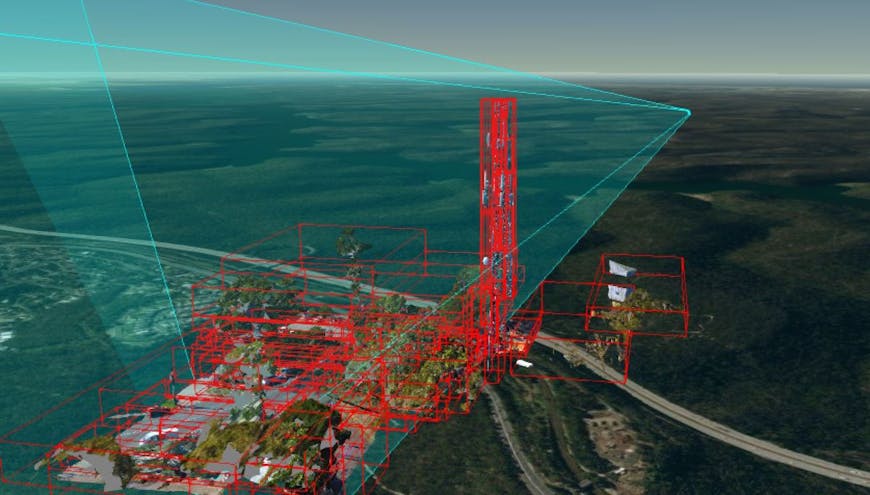
Because of the tower, this model also turns out to be a great example of the difference between a classic uniform octree and our optimized non-uniform octree tiling algorithm.
Leaf tiles containing original resolution geometry and textures are marked in green.
Left) Optimized non-uniform octree. Right) Traditional uniform octree.
Collaborating with SiteSee has helped us stress test our tiling pipeline and flesh out optimizations, bringing us closer to integrating this pipeline into Cesium Composer. If you have photogrammetry models that you would like us to tile, feel free to email me at gary@cesium.com or tweet to @CesiumJS.